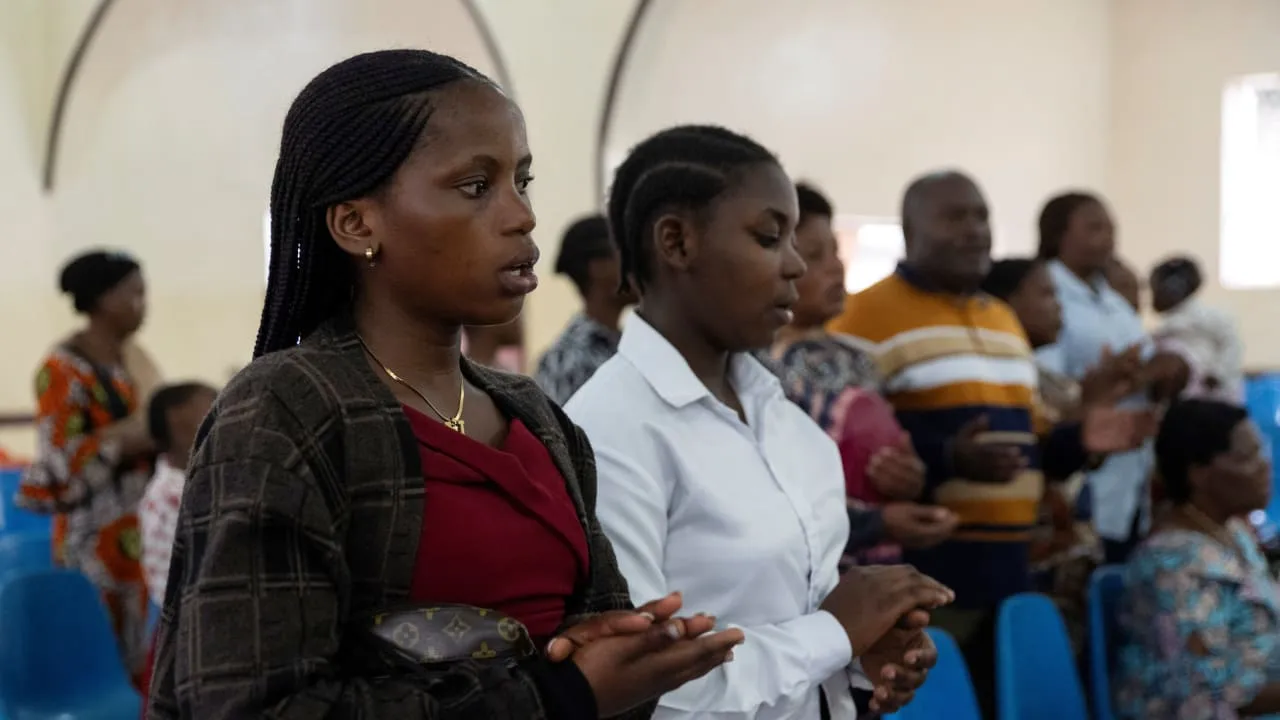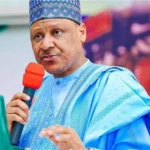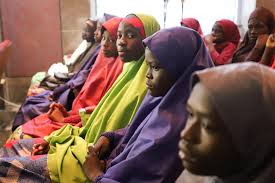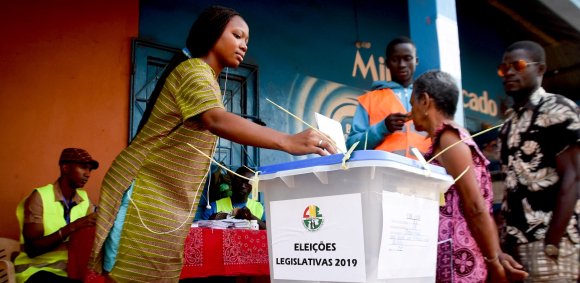The recent massacre of more than 40 Christians, including children, in the Democratic Republic of the Congo (DRC) has underscored the alarming rise of extremist groups operating across Central Africa, with the Allied Democratic Forces (ADF) – an ISIS-affiliated terrorist organization – at the center of concern.
Human Rights Watch (HRW) and the United Nations confirmed that the brutal attack took place on the night of July 26–27, 2025, during a church gathering in Komanda, eastern DRC. Witness reports revealed that at least nine children were among the dead, while several others were abducted and remain missing. The ADF, a Ugandan-rooted insurgent group that pledged allegiance to ISIS in 2019, quickly claimed responsibility through ISIS’s official Telegram channel, reporting 45 deaths.
The massacre has reignited fears about the effectiveness of the Congolese army and UN peacekeepers in protecting civilians. Despite years of joint military operations between Uganda and the DRC, poor coordination has allowed the ADF to expand its reach. Originating in Uganda during the 1990s under the claim of defending Muslims from government persecution, the group has since transformed into one of Africa’s most dangerous transnational terrorist organizations.
Under the leadership of Moussa Sika Paluku since 2015, the ADF has deepened its ties to global jihadist movements, adopting ISIS-style extremism and pursuing a violent vision of establishing a so-called “caliphate” in the Great Lakes region. Beyond targeting Christians, the group has also attacked Muslims and civilians of all faiths, while building a parallel economic system that sustains its operations. Exploiting gold mines, forests, and taxing local farmers and traders, the ADF has become financially independent, running small businesses and pharmacies as logistical covers.
Regional and international media, including the UAE-based Al-Ain and French magazine Le Point, warn that the ADF is no longer a local insurgency but a transnational terrorist network. They describe the group as both a “bloody arm of ISIS” in Central Africa and a “mafia-like state” benefiting from weak governance and fragile institutions in the DRC and Uganda.
The growing influence of extremist groups in Africa has also raised global concerns. After ISIS’s defeat in Iraq and Syria between 2017 and 2019, many affiliates shifted focus to Africa, embedding themselves in the Sahel, Mozambique, and now deeper into Central Africa. Security experts warn that the DRC could become a new hub for radicalization, with ripple effects reaching back to the Middle East.
This crisis is further compounded by geopolitical shifts. As the US scales back its engagement in Africa, a power vacuum has emerged, allowing countries like China, Russia, and Turkey to expand their influence. The UAE media’s focus on the ADF aims to alert Western allies, particularly the US and UK, to recognize that ignoring the extremist threat in Central Africa could have devastating global consequences.
The massacre in the DRC is not just another tragic chapter in the country’s long-running conflict it is a warning signal that extremist groups are gaining strength and resilience, thriving on weak states and fractured institutions, while pushing forward a dangerous project to establish a radical Islamist stronghold in the heart of Africa.














Leave a comment